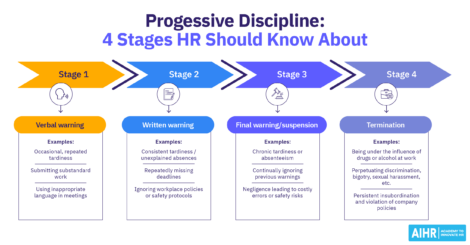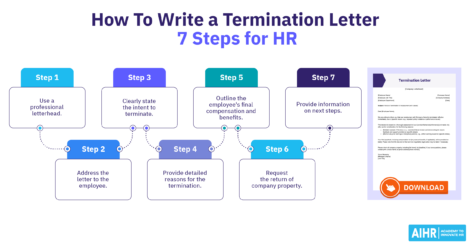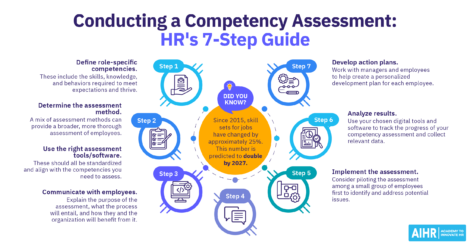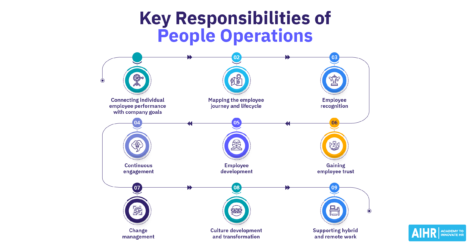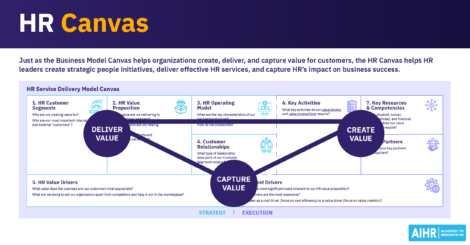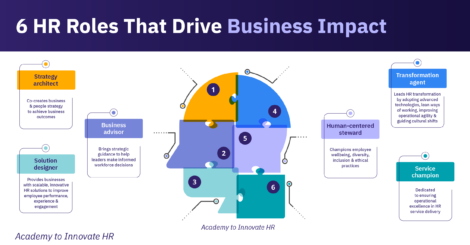[Free] HR Investigation Template: Examples and 9 Best Practices
37% of women report experiencing harassment at work, but only 50% trust their company to handle their claims effectively. HR has the power to change this with fair, transparent investigations—and a customizable template can help you in the process.

A well-designed HR investigation template can make a real difference when it comes to handling workplace complaints. Not only does a structured approach keep the process on track, but it also helps build employee trust that issues will be handled fairly.
Right now, though, that trust is lacking. According to HR Acuity, only 31% of employees say they’d recommend colleagues go to HR with workplace concerns. That statistic highlights just how important it is for HR to have clear, reliable processes in place for investigations. Also, only 7% of employees would recommend their employers to job seekers if HR doesn’t investigate reported issues. This figure jumps to 56% if HR investigates and resolves these issues.
We’ve developed a ready-to-use HR investigation template to help you develop a process that builds trust and helps effectively resolve workplace complaints and provide best practices when compiling your report. Let’s get started!
Contents
What is an HR investigation?
The importance of an HR investigation template
HR investigation template: 9 key elements
Free HR investigation template
HR investigation examples
9 best practices for using an HR investigation template
What is an HR investigation?
An HR investigation is a structured process where HR examines and addresses workplace issues like misconduct, policy violations, or conflicts between employees. Its purpose is to resolve these issues impartially and ensure the work environment and culture are fair, compliant, and conducive to productivity.
Conducting investigations can help lower potential risks, uphold the company’s ethical standards, and maintain a respectful and safe working environment.
Common situations that call for an HR investigation include allegations of discrimination, harassment, or other forms of misconduct that can create a hostile work environment. Company policy breaches or safety violations usually also warrant an HR investigation.
The importance of an HR investigation template
52% of U.S. employees have experienced or witnessed inappropriate, unethical, or illegal behavior at work, with the most common issues being bullying (51%), sexual harassment (40%), and racism (30%). Despite this, around 75% don’t report workplace misconduct, largely because they fear retribution.
To change this, organizations must implement and enforce strong policies and procedures to address issues effectively and prevent reoccurrence. HR investigations must be accurate and supported by thorough and objective evidence collection and evaluation. A fair, consistent investigative process also helps ensure regulatory compliance and prevent legal repercussions.
An HR investigation template is a useful tool to aid in this process. The benefits of using a template include:
- A structured framework: This helps ensure you take all the necessary steps to create a comprehensive, accurate record of each investigation.
- A reliable guide: Assists in collecting relevant information, documenting your findings in detail, and maintaining legal compliance.
- Consistency and thoroughness: Following the template’s standardized investigation reporting format minimizes the risk of overlooking crucial steps or information. This allows you to handle complaints impartially and, as such, build employee trust.
- A streamlined process: Saves valuable time and resources, letting you focus more on gathering and analyzing information instead of figuring out how to document it.
- A detailed checklist: You can use an HR investigation template as a checklist to make sure you collect all the necessary details, minimizing errors and helping you focus on the investigation’s objectives.
- Business protection: Workplace investigations often involve sensitive issues—a well-planned investigation process aided by a detailed template can protect the organization against potential legal liabilities.
Learn how to conduct fair, transparent HR investigations
Conducting fair, transparent HR investigations requires you to approach all involved parties as impartially and objectively as possible. Developing good communication and conflict management skills are essential in getting this right.
AIHR’s HR Generalist Certificate Program sets you up for success when managing workplace conflicts and handling difficult conversations.
This online, self-paced Certificate Program will teach you to identify conflict styles, listen effectively, deliver actionable feedback, and develop your own policy framework—all of which can improve your investigation process and prevent the same issues from reoccurring.
HR investigation template: 9 key elements
Include the following eight key elements in your HR investigation template to help optimize your investigation process:
1. Investigator details
Before the report begins, identify yourself as the HR personnel conducting the investigation. Include your name, job title, employee ID, and the date on which you started writing the report.
This is important, as the involved parties and your supervisor will need a copy of the report for reference and must know whom to contact if they have any questions or concerns.
2. Case overview
The template should start with a concise summary of the incident or complaint that initiated the investigation. Include key facts, such as when and where the incident occurred, who reported it, and a brief description of the issue.
This will provide context to the investigation, and help everyone involved understand the nature of the complaint, what triggered the investigation, relevant details, and what actions are necessary to resolve the issue.
.3. Objective of the investigation
Next, there should be a clear outline of the investigation’s objective. Specify what questions need answering (e.g., whether a policy violation took place or if the incident involves a repeat offense) and the main goal of the investigation.
A well-defined objective keeps the investigation focused and relevant, ensuring the process addresses specific concerns related to the incident and seeks to resolve the issue as effectively as possible.
4. Names of involved parties
Include the names and designations of the individuals connected to the incident, including the complainant(s), the accused, any witnesses, and others who may provide relevant information.
Identifying those involved and documenting their names ensures the entire process is clear and thorough. It also helps you track whom you need to interview and who may have valuable insights relevant to your investigation.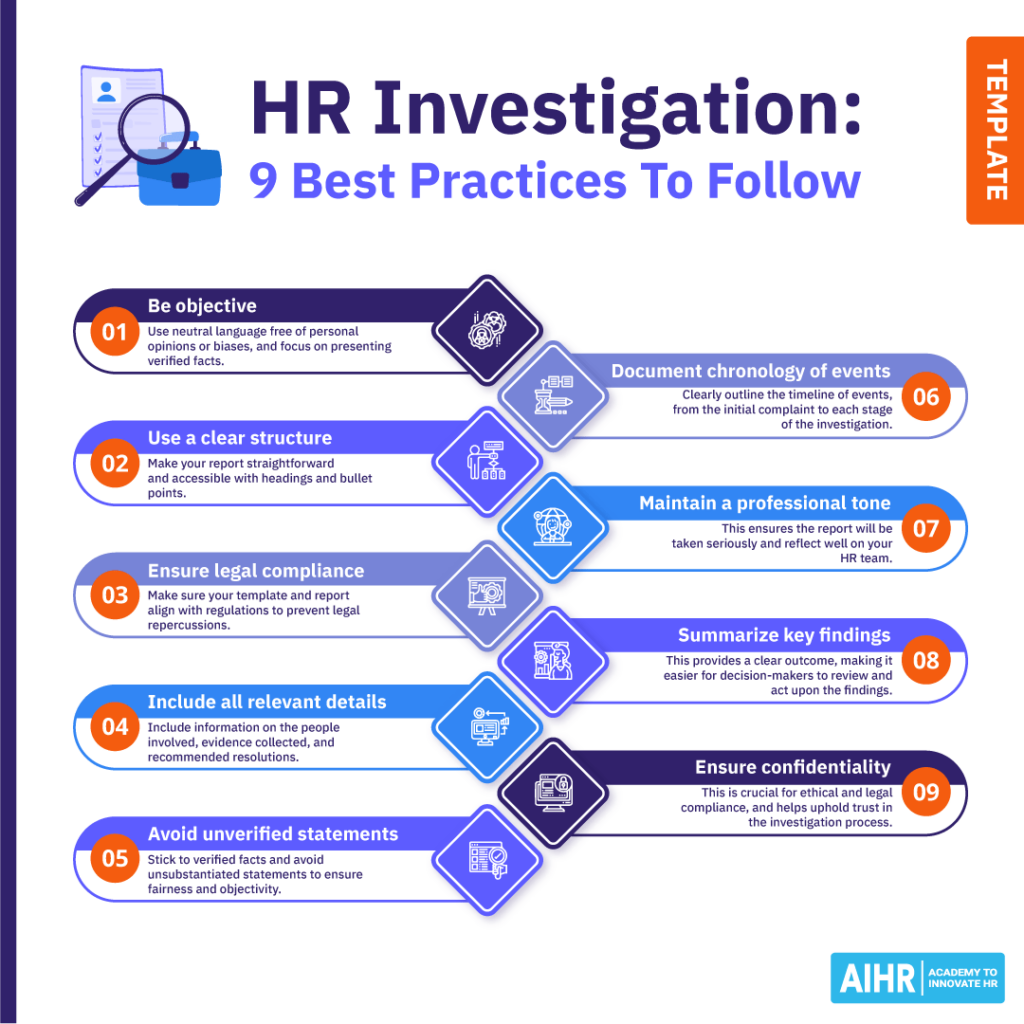
5. Evidence and documentation
Once you’ve gathered and neatly organized all materials serving as evidence in your investigation (e.g., emails, text messages, witness statements, or surveillance footage), list them in your report.
A well-documented collection of relevant evidence helps build a factual basis that strengthens the credibility of your findings. This way, it supports your investigation’s conclusions and recommendations.
6. Findings and conclusions
The next part of the template details your findings and conclusions. Review all the evidence and interview notes to determine what has been proven, what remains unclear, and whether the allegations are substantiated. Summarize the key findings and draw clear, unbiased conclusions.
This step forms the core of the investigation, providing a transparent overview of what happened and the extent to which you could verify the original claims.
7. Recommendations and next steps
This section is where you outline recommended actions and next steps based on your findings. These could include disciplinary measures, additional training, policy updates, or other steps to resolve the issue and prevent reoccurrences.
Offering clear recommendations ensures the investigation leads to actionable measures, helping the company address problems and mitigate risks effectively.
8. Follow-up actions
Be sure to include a section to document any follow-up actions, which you can fill in later. After the investigation is complete, track any corrective actions implemented and their effectiveness in preventing similar incidents, as well as the outcome of the investigation or any litigation.
Following up demonstrates a commitment to resolving issues fully. As such, it can help build trust in HR’s ability to manage workplace concerns fairly and effectively.
9. Sign-off and date
Finalize the template with a sign-off from the supervisor receiving the report and the date of receipt to indicate that the relevant HR personnel know about and have acknowledged the investigation.
The sign-off formalizes the document, signifying your supervisor has reviewed and approved it. This ensures accountability and confirms the investigation’s conclusion.
Free HR investigation template
AIHR has designed its own customizable HR investigation template (Word doc), which you can download for free.
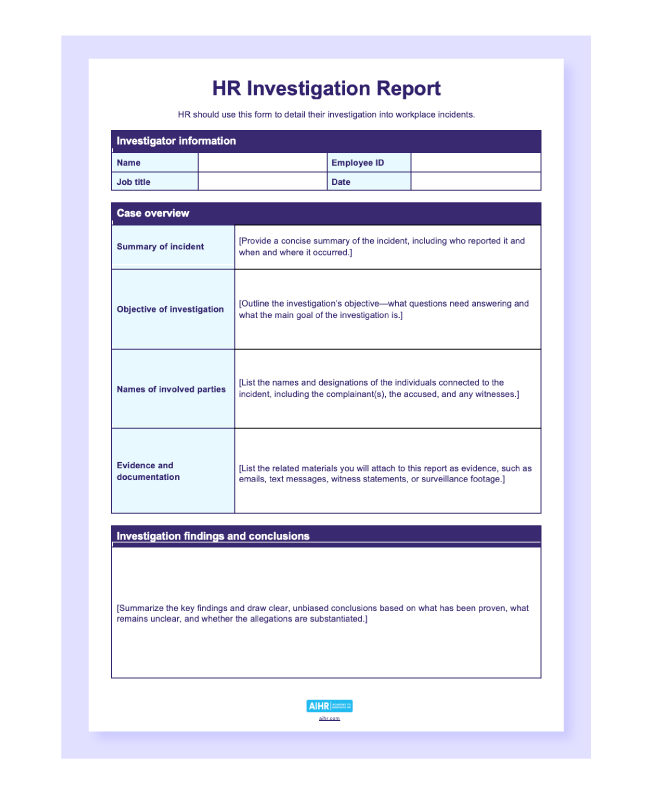
HR investigation examples
Below are a few examples of situations that may warrant an HR investigation.
Harassment allegation
An employee, S, reports that their colleague, M, has made unwelcome comments about their appearance, which they feel constitute sexual harassment. HR meets with S to document the complaint and assure confidentiality, setting an objective to assess whether M’s behavior was indeed harassment.
HR then sets a timeline, assigns investigators, and plans to interview both parties, along with any witnesses S has named, to gather a well-rounded perspective. After carrying out the investigation, HR concludes that M’s behavior aligns with S’ account and witness observations, and breaches the company’s anti-harassment policy.
HR documents their findings, concluding with issuing M a formal warning, arranging mandatory sensitivity training, and reinforcing the company’s anti-harassment policy to all employees. The investigating HR members sign off on the final report before securely filing it.
Workplace safety violation
An employee, J, reports a safety concern regarding a colleague, R, who has repeatedly bypassed machine safety guards to speed up production, causing a potential safety hazard. HR receives the complaint and meets with J to clarify relevant details and ensure confidentiality.
HR then sets an objective to determine if R’s actions violate company safety protocols and if corrective action is necessary. In addition to planning the investigation, HR reviews safety records and any previous warnings issued to R regarding safety procedures.
Through interviews and document analysis, HR confirms R has indeed bypassed safety guards repeatedly, violating company safety protocols and putting everyone at risk. HR documents the findings and pushes for immediate corrective action, issuing R a formal warning.
They also tell R they must complete mandatory safety training within the next two weeks. Additionally, HR implements a new procedure requiring supervisors to conduct weekly safety checks to prevent future violations.
HR tip
Since you can’t anonymize the names of the individuals involved but the information in your report is sensitive, add a confidentiality clause to your report and share it only with relevant parties. This clause can give them peace of mind and encourage them to be clearer and more honest in answering your questions, which can make your investigation more accurate.
Professional misconduct
A manager reports their employee, K, for repeatedly arriving late to work and exhibiting disrespectful behavior toward colleagues. HR receives the complaint and meets with the manager to gather details. They then set an objective to investigate if K’s behavior violates the company’s code of conduct and to determine appropriate disciplinary action if necessary.
HR plans the investigation, and interviews K, their reporting manager, and other team members who have observed their behavior. During these interviews, HR notes K’s consistent issues with tardiness and a pattern of disrespectful comments. HR also reviews attendance records to corroborate these details.
After analyzing the information gathered, HR concludes that K’s behavior constitutes misconduct as defined by company policy. They document the findings and issue K a formal written warning, which includes a clear outline of expected behavior moving forward.
HR also recommends that K participate in a communication and teamwork workshop to improve interpersonal skills.
As humans, we all have inherent biases. It’s important to be aware of them and ensure they don’t taint our objectivity in investigations. Only focus on the information relevant to the case you’re investigating. Where possible, soundboard your conclusions with a trusted colleague to gain a different perspective. If you identify a conflict of interest, consider consulting with a professional third party.

9 best practices for using an HR investigation template
In addition to the elements you should include in an HR investigation template, these best practices will help you use it effectively and aid in your investigation:
- Be objective: Use neutral language free of personal opinions or biases. Focus on presenting verified facts instead of assumptions to ensure a fair and credible report.
- Use a clear structure: Make your report straightforward and accessible with headings and bullet points. A clear structure helps readers quickly understand all the details.
- Ensure legal compliance: Make sure your template and report align with regulations to prevent legal repercussions.
- Include all relevant details: Include information on the people involved, evidence collected, and recommended resolutions. This makes the report reliable and credible.
- Avoid unverified statements: Stick to verified facts and avoid unsubstantiated statements to ensure fairness and objectivity. Clearly state if there are any unresolved aspects and avoid speculation, as this undermines the investigation’s integrity.
- Document chronology of events: Clearly outline the timeline of events, from the initial complaint to each stage of the investigation. This helps readers understand the investigation’s progress and shows you conducted each step systematically.
- Maintain a professional tone: Maintain a professional tone throughout the report to ensure it will be taken seriously and reflect well on your HR team.
- Summarize key findings: Conclude with a concise summary of your findings, conclusions, and recommended actions. This provides a clear outcome, making it easier for decision-makers to review and act upon the findings.
- Ensure confidentiality: If the report is shared outside HR, redact sensitive information to protect the privacy of the individuals involved. This is crucial for ethical and legal compliance and helps uphold trust in the investigation process.
To sum up
Using a structured HR investigation template can help you build trust, ensure compliance, and build a better, safer workplace for all employees. At the same time, prioritizing transparency, consistency, and thorough documentation in each investigation builds a culture of accountability and respect.
This approach reassures employees that you’ll handle issues fairly, which can improve engagement and strengthen workplace culture. Dealing with workplace issues well is not just about resolution but also about reinforcing your organization’s commitment to a safe, inclusive environment.
Learn more
Related articles
Are you ready for the future of HR?
Learn modern and relevant HR skills, online







